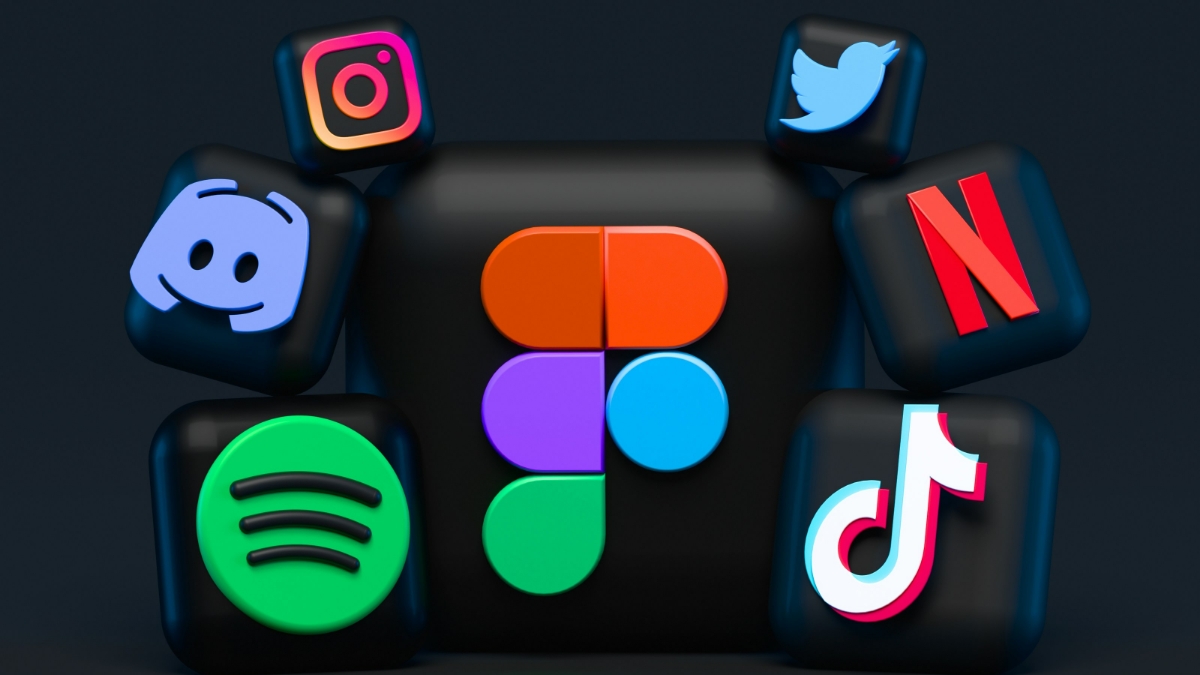Brand loyalty continues to be a critical driver of long-term business success. But what exactly is brand loyalty, and how can companies cultivate it effectively? This article unpacks the vital steps to develop and retain a devoted customer base, the transition from transactional to emotional bonds, and analyses real-world examples from industry leaders.
Defining Brand Loyalty
At its core, brand loyalty is about emotional connection. It’s not just about repeat purchases or choosing a brand out of habit. True brand loyalty exists when consumers feel a deep, personal affinity for a brand – when they see it as an extension of their identity or values. As everything shifts increasingly online, your digital channels are key tools in creating and nurturing this connection by providing a unified brand experience that resonates with your users.
The Loyalty Trifecta: Value, Quality, and Trust
Brand loyalty isn’t built overnight. It’s the result of consistently delivering on three key promises:
- Perceived Value: Customers feel they’re getting their money’s worth. Ensure your website clearly communicates value propositions and provides a seamless shopping experience.
- Perceived Quality: Your products or services stand head and shoulders above the rest. Use high-quality visuals, detailed descriptions, and customer reviews on your website and social channels to highlight product excellence.
- Perceived Trust: You’re reliable, time and time again. Implement secure transactions, transparent privacy policies, and solid customer support on your site to build and maintain trust.
The Impact on Business
Brand loyalty isn’t just a feel-good metric. It’s a serious business driver that can:
- Fuel Growth: Loyal customers become your unpaid marketing team, spreading the word about your amazing brand.
- Save You Money: It’s way cheaper to keep existing customers happy than to constantly chase new ones.
- Create a Positive Cycle: Happy customers lead to more happy customers, and the wheel keeps turning.
According to Marketing Metrics published by Forbes, the probability of selling to an existing customer is up to 14 times higher than the probability of selling to a new customer.
The Pitfall of Transactional Loyalty
While discounts and promotions can attract customers, they often fail to create lasting loyalty. Relying solely on price incentives is a common mistake, it can actually devalue your brand and create a cycle of discount-dependent customers. Here are the key pitfalls of transactional loyalty:
- Shallow Engagement: Loyalty driven by rewards can be superficial, with customers easily switching brands if incentives are removed.
- Limited Differentiation: Brands may struggle to stand out beyond the rewards, leading to a commoditised perception.
- High Costs: Managing a transactional loyalty program can be expensive and burdensome, particularly for smaller businesses.
- Short-Term Focus: Emphasis on immediate rewards may encourage short-term behaviour rather than fostering long-term loyalty.
- Reward Fatigue: Frequent rewards can lead to diminished impact over time as customers become desensitised.
- Missed Relationships: Focusing on transactions can prevent the development of deeper, value-based customer relationships.
- Customer Churn: Loyalty tied to incentives may lead to higher churn rates if competitors offer better deals.
- Inconsistent Experience: Prioritising rewards can overshadow the need for a consistently high-quality customer experience.
- Lack of Personalisation: Generic rewards may fail to resonate with individual preferences, reducing effectiveness.
Strategies for Building Brand Loyalty
- Emotional Storytelling: Craft a compelling brand narrative that resonates with your target audience’s values and aspirations. Use your website to share this story through engaging content and visuals.
- Transparency and Accountability: Be open about your processes, admit mistakes, and show how you’re working to improve. A website with clear information and transparent practices builds trust.
- Reward Programs 2.0: Go beyond points and discounts. Offer exclusive experiences, early access, or personalised products to make loyal customers feel special.
- Social Responsibility: Align your brand with causes that matter to your customers featuring your social responsibility initiatives prominently on your website. But remember, authenticity is key – choose initiatives that genuinely reflect your brand values.
- Continuous Engagement: Use multiple touchpoints to stay connected with customers between purchases. Provide value through content, community, or experiences.
Learn from the Best
Explore how these leading web companies have achieved remarkable success by focussing on brand loyalty:
1. Amazon
Amazon has built extraordinary brand loyalty through several key strategies:
- Customer-Centric Focus: Amazon’s commitment to customer satisfaction is exemplified by its easy returns, fast shipping, and responsive customer service. The company’s emphasis on convenience has made it a go-to platform for online shopping.
- Prime Membership: The Amazon Prime program is central to its loyalty strategy. For an annual fee, members receive benefits like free two-day shipping, access to streaming services, and exclusive deals. This program creates a strong incentive for customers to return to Amazon for various needs.
- Personalisation: Amazon’s sophisticated recommendation engine uses browsing and purchase history to suggest products tailored to individual preferences, which enhances the shopping experience and encourages repeat purchases.
2. Spotify
Spotify has created a loyal customer base by employing a range of strategic approaches such as:
- Personalised Playlists: Spotify’s personalised playlists like Discover Weekly and Wrapped create a sense of personal connection and discovery, keeping users engaged with the platform.
- Freemium Model: Spotify offers both free and premium subscription tiers, allowing users to experience the service at no cost before committing to a paid plan. This strategy helps convert free users into loyal subscribers.
- Music Community: Features like collaborative playlists and social sharing enhance the sense of community among users, fostering deeper engagement.
3. Dropbox
Dropbox has successfully built brand loyalty by continually innovating to meet the needs of its customer base through:
- Seamless Integration: Dropbox’s website and app design offer a streamlined, intuitive user experience. Its seamless integration with various platforms and devices ensures that users can access their files effortlessly, fostering long-term loyalty.
- Freemium Model: Dropbox provides a free tier with sufficient storage for casual users, while offering premium plans for more advanced needs. This approach allows users to experience the core value of the service before deciding to upgrade.
- Collaborative Features: Dropbox’s emphasis on collaboration tools, such as shared folders and integrated project management features, enhances the user experience and builds loyalty by facilitating teamwork and productivity.
Loyalty Killers
Building loyalty is hard work, but losing it can happen in an instant. Avoid these common mistakes:
- Falling into Complacency: Stagnation can erode loyalty. Keep innovating to stay relevant.
- Turning a Deaf Ear: Neglecting to listen and respond to customer input can alienate your customer base. Actively engage with feedback to show you value their opinions and make improvements.
- Breaking Trust: Stay true to your values and your customers’ expectations to avoid damaging your reputation.
Measuring Brand Loyalty
Remember, brand loyalty is a journey, not a destination. To gauge the effectiveness of loyalty initiatives, keep tabs on these key metrics:
- Net Promoter Score (NPS): Integrate survey tools like SurveyMonkey to collect NPS data and measure customer likelihood to recommend your brand.
- Customer Loyalty Index (CLI): Create custom reports in Google Analytics to track customer behaviours, and assess overall loyalty.
- Customer Retention Rate: Google Analytics’ Cohort Analysis tool can be used to measure how specific groups of users behave and tracks the percentage of retained customers over time.
Regularly solicit and act on customer feedback. Show your loyal customers that their opinions shape your brand’s direction.
The Road Ahead
As consumer preferences continue to evolve, maintaining brand loyalty requires ongoing effort and adaptation. The most successful brands will be those that can balance consistency in core values with flexibility in their strategies.
The rise of conscious consumerism also means that brands will need to align more closely with social and environmental values to maintain loyalty, especially among younger generations. Authentic commitment to sustainability and ethical practices will be a priority for cultivating and maintaining loyalty in an increasingly values-driven market.
Looking ahead, the integration of technology and data will play a pivotal role in shaping brand loyalty. Advances in AI and machine learning promise unprecedented levels of hyper-personalisation, allowing brands to anticipate and meet customer needs with remarkable precision.
Ready to build the perfect website for your brand?
Greenhat has a unique blend of technical acumen and strategic insight to help you get the most out of your website. Connect with Greenhat’s team today to schedule a site analysis and strategy session.







